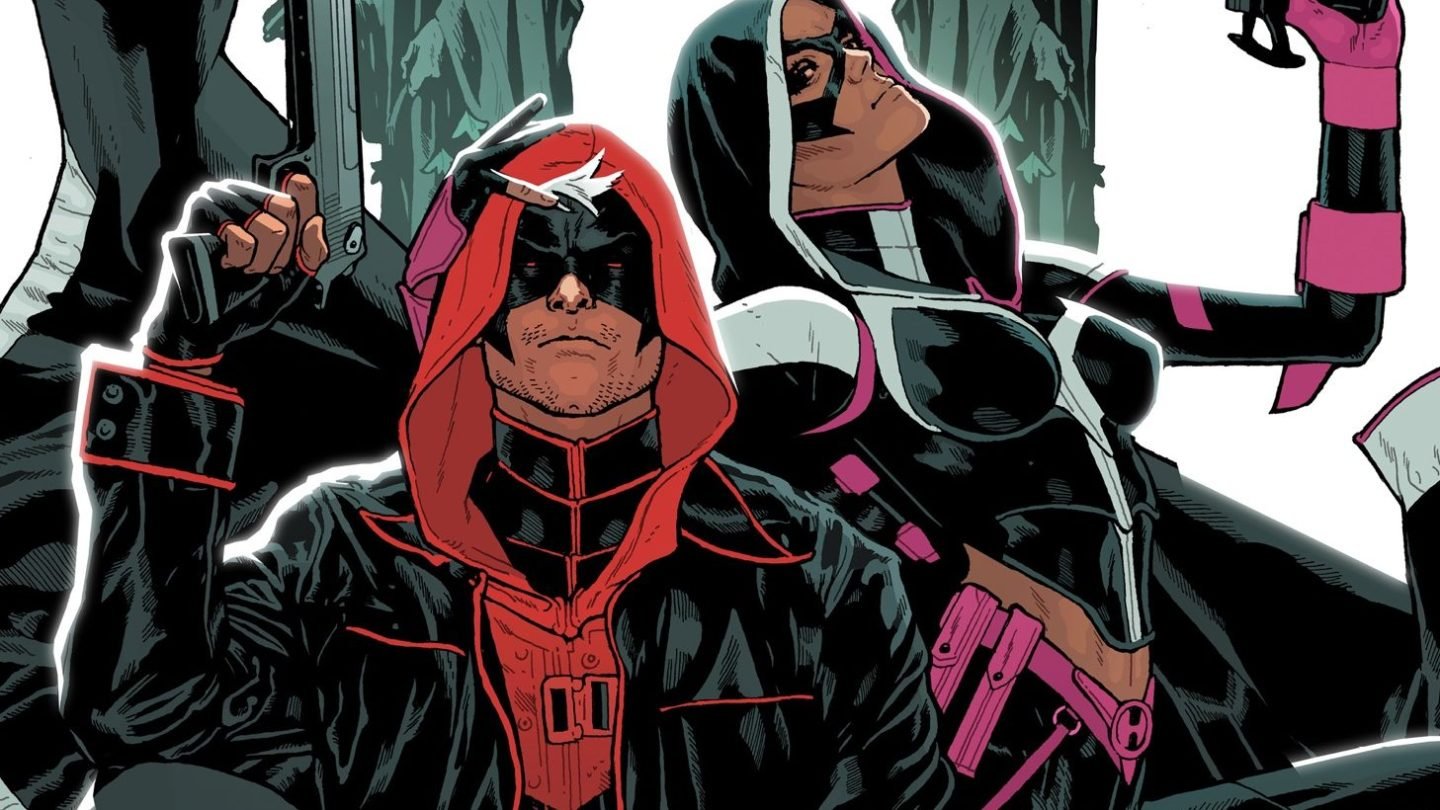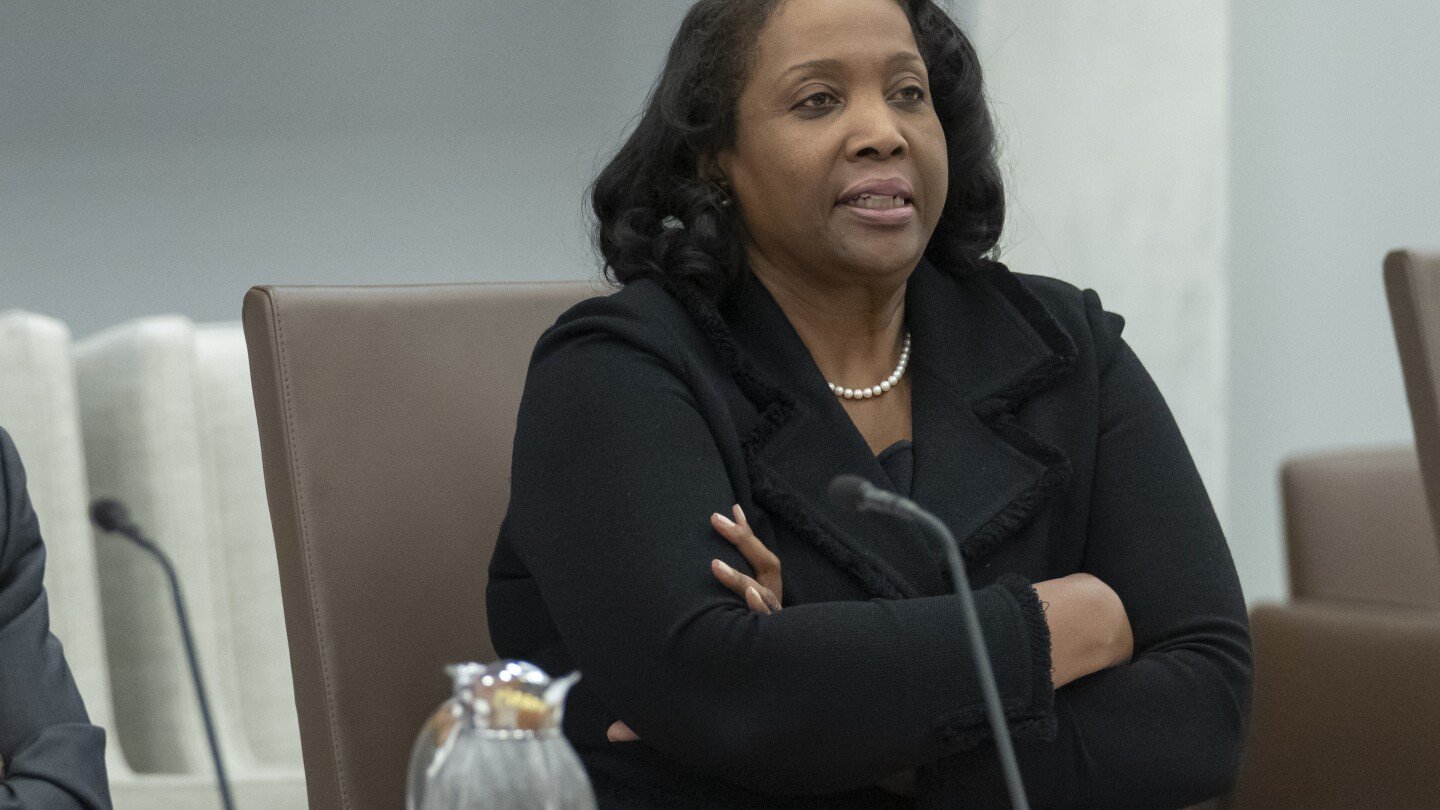Top Stories
Prince Harry meets King Charles for first time in over a year

Prince Harry has met his father King Charles at Clarence House in London for the first time since February 2024.
It is understood the King had a private tea with his son during a 55-minute meeting this afternoon.
The King travelled down to London from Scotland on Wednesday afternoon – and Prince Harry has been in the UK this week for charity events.
There had been no face to face meeting between father and son since February 2024, with Prince Harry telling a BBC interview in May 2025: “I would love a reconciliation with my family.”
The meeting will be seen as a first step in improving relations between father and son and building trust in what has been a sometimes tense relationship.
The last time that father and son met were together was soon after the King’s cancer diagnosis last year, with Prince Harry flying to the UK for a brief meeting.
There have been visits to the UK by Prince Harry since then, including for court cases, but he had not seen his father, in what had seemed a deep family rift.
Prince Harry arrived back in the UK on Monday and has carried out a series of charity events in London and Nottingham – against a background of questions about whether there would be a meeting with his father.
He will be leaving the UK on Thursday, returning to the US to see Meghan and their children, who did not come on this trip.
Prince Harry has previously voiced his frustration at not being able to talk to his father, particularly when there were concerns about the King’s health.
“There’s no point continuing to fight any more, life is precious,” Harry said in his BBC interview.
The apparent meeting between the King and Prince Harry comes after rumours of efforts to resolve the family divide.
Representatives of Prince Harry and Buckingham Palace had been photographed together in a meeting in London in July, producing newspaper headlines about a “peace summit”.
But there have been no signs of Prince Harry meeting Prince William during this week, with the brothers carrying out separate arrangements.
On Monday, Prince Harry had laid a wreath at the grave of his grandmother, Queen Elizabeth II, on the third anniversary of her death.
Less than 10 miles away, Prince William and Catherine had attended a Women’s Institute meeting honouring the memory of the late Queen.
Top Stories
DC Cancels ‘Red Hood’ Comic Book Series After Charlie Kirk Shooting

DC has shelved its Red Hood comic book series following writer Gretchen Felker-Martin sharing posts on Bluesky that joked about the shooting of Charlie Kirk, who was killed by an assassin’s bullet Wednesday.
“Hope the bullet’s okay after touching Charlie Kirk,” read one post. “Thoughts and prayers you Nazi bitch,” read another by Felker-Martin. The writer is trans, while Kirk was known for his anti-trans stance. Felker-Martin’s Bluesky account is now deactivated, but those posts were screenshotted and widely spread before DC canceled the series.
“At DC Comics, we place the highest value on our creators and community and affirm the right to peaceful, individual expression of personal viewpoints. Posts or public comments that can be viewed as promoting hostility or violence are inconsistent with DC’s standards of conduct,” a DC spokesperson said in a statement to The Hollywood Reporter.
While the Kirk posts got attention online over the past 24 hours, insiders stress that it was merely the final straw that broke the camel’s back, rather than the sole reason for Red Hood’s cancellation. Any post viewed as promoting hostility or violence would break the company’s social media policy.
As of Thursday afternoon, law enforcement officials were still searching for the shooter behind Kirk’s death. The violent incident sent ripples through the worlds of politics and media, with Comedy Central pulling an episode of South Park that mocked Kirk.
The first issue of Red Hood arrived in comic-book shops on Wednesday, the day outspoken MAGA activist and conservative media figure Kirk was killed while speaking at Utah Valley University. The comic (intended to be part of an ongoing series, with future issues planned for October and November) centered on Jason Todd, a former Robin who has adopted the antihero persona of Red Hood. “Sweat, blood and powder burns. Broken bones and mind control. A city rotted from the inside out,” said Felker-Martin in a statement in June announcing the book. “Jason’s going through hell on the hunt for an enigmatic telepath, and he’s taking us with him. I’m thrilled to be helming this new run of Red Hood with [artist] Jeff Spokes.”
Top Stories
Senate Republicans trigger ‘nuclear option,’ changing rules to speed up Trump nominees

WASHINGTON — Republicans triggered the “nuclear option” to change the rules of the Senate on a party-line basis Thursday, a move that will allow them to speed up confirmation of President Donald Trump’s nominees for key executive branch positions.
The vote was 53-45 to establish a new rule that allows the Senate to confirm an unlimited number of nominees en bloc, rather than process each one individually.
The rule applies to executive branch nominees subject to two hours of Senate debate, including subcabinet picks and ambassadors. It will not affect judicial nominations. Republicans say they’ll allow their own senators to object to individual nominees in any given block, but the rule will strip away the power of the minority party to do the same thing.
Senate Majority Leader John Thune, R-S.D., initiated the process by bringing up a package of 48 Trump nominees, which under longstanding rules has been subject to the 60-vote threshold. The vote to advance them failed due to Democratic opposition. Then, Thune sought to reconsider and Republicans subsequently voted to overrule the chair, setting a new precedent and establishing the new rule.
Thune had telegraphed the move for weeks, accusing Democrats of creating an “untenable situation” with historic obstruction of Trump’s nominees. The vote was held up for hours on Thursday as the two parties engaged in last-ditch negotiations to strike a deal to avoid a rules change.
But they failed. And Republicans chose to proceed.
“It’s time to move. Time to quit stalling. Time to vote. Time to fix this place,” Thune said in an impassioned floor speech, accusing Democrats of stalling and dragging out negotiations. “This is a broken process, folks. That’s an embarrassment.”
Thursday’s vote sets up a fast track for confirmation of that initial bloc of 48 Trump nominees, including former Rep. Brandon Williams, R-N.Y., to be undersecretary for nuclear security, as well as Kimberly Guilfoyle and Callista Gingrich to be ambassadors to Greece and Switzerland, respectively.
Senate Minority Leader Chuck Schumer, D-N.Y., said his party was reacting appropriately to Trump’s “historically bad nominees,” a trend he predicted would worsen with the GOP’s rule change.
“This move by Republicans was not so much about ending obstruction, as they claim; rather, it was another act of genuflection to the executive branch… To give Donald Trump more power and to rubber-stamp whomever he wants whenever he wants them, no questions asked,” he said.
He also predicted that Republicans would come to regret it.
“This is a sad, regrettable day for the Senate,” he said. “And I believe it won’t take very long for Republicans to wish they had not pushed the chamber further down this awful road.”
The vote Thursday makes a far-reaching change to the rules that will tear down hurdles for Trump — and future presidents — to rapidly push their nominees through the Senate.
Moments later, Senate Republicans used their modified rule to formally advance the package of 48 nominees on Thursday, with the goal of confirming them all next week.
The tool they used is known as the nuclear option because senators typically prefer to avoid it. But over the last decade and a half, it has been used by both parties to erode the powers of the Senate minority — by nixing the 60-vote threshold for confirming judges and cutting debate time for some nominees.
Although nominations are the prerogative of the Senate, House Republicans have watched the battle with interest and pushed for faster confirmation of Trump’s nominees.
Sen. Katie Britt, R-Ala., gave a presentation on the rules change proposal Wednesday to a group of House Republicans, according to a source with direct knowledge of the matter.
Sen. Brian Schatz, D-Hawaii, who had spearheaded an effort to find an agreement that would avoid the nuclear option, said there wasn’t total agreement to proceed with it.
But he said he was happy to have tried.
“We don’t have unanimous consent, we do not have unanimity,” he said on Thursday before the vote. “It’s a damn shame, and maybe this exercise builds a little muscle memory for at least exploring how to have a bipartisan negotiation. So maybe there’s some silver lining to this.”
Top Stories
Trump administration requests emergency ruling to remove Cook from Fed board

WASHINGTON (AP) — The Trump administration has asked an appeals court to remove Lisa Cook from the Federal Reserve’s board of governors by Monday, before the central bank’s next vote on interest rates.
The request represents an extraordinary effort by the White House to shape the board before the Fed’s interest rate-setting committee meets next Tuesday and Wednesday. At the same time, Senate Republicans are pushing to confirm Stephen Miran, President Donald Trump’s nominee to an open spot on the Fed’s board, which could happen as soon as Monday.
Trump sought to fire Cook Aug. 25, but a federal judge ruled late Tuesday that the removal was illegal and reinstated her to the Fed’s board. Trump has accused Cook of mortgage fraud because she appeared to claim two properties as “primary residences” in July 2021, before she joined the board. Such claims can lead to a lower mortgage rate and smaller down payment than if one of them was declared as a rental property or second home. Cook has denied the charges.
On Tuesday, U.S. District Court Judge Jia Cobb ruled that the administration had not satisfied a legal requirement that Fed governors can only be fired “for cause,” which she said was limited to misconduct while in office. Cook did not join the Fed’s board until 2022.
In their emergency appeal, Trump’s lawyers argued that even if the conduct occurred before her time as governor, her alleged action “indisputably calls into question Cook’s trustworthiness and whether she can be a responsible steward of the interest rates and economy.”
The administration asked an appeals court to issue an emergency decision reversing the lower court by Monday. If their appeal is succesful, Cook would be removed from the Fed’s board until her case is ultimately resolved in the courts, and she would miss next week’s meeting.
If the appeals court rules in Cook’s favor, the administration could seek an emergency ruling from the Supreme Court.
Either way, the Fed is expected to cut its benchmark interest rate next week by a quarter-point to about 4.1%. When the Fed reduces its key rate, it often, over time, lowers borrowing costs for mortgages, auto loans, and business loans. Some of those rates have already fallen in anticipation of cuts from the Fed.
Should Miran, a top economic adviser to Trump, win approval in time to join the Fed next week, he could push for a steeper half-point reduction to the Fed’s rate.
Yet there are 12 officials who vote on whether and by how much to cut, including the seven members of the Fed’s board as well as five of the Fed’s 12 regional bank presidents, who vote on a rotating basis.
Trump’s two other appointees to the Fed — Christopher Waller and Michelle Bowman — might also support a half-point cut, but several of the Fed’s bank presidents have expressed concern about stubbornly elevated inflation and would almost certainly oppose such a large reduction.
If the Fed approves a quarter-point cut, it is possible there could be dissenting votes both from officials who preferred no cut and from those who support a half-point.
-

 Business2 weeks ago
Business2 weeks agoThe Guardian view on Trump and the Fed: independence is no substitute for accountability | Editorial
-
Tools & Platforms1 month ago
Building Trust in Military AI Starts with Opening the Black Box – War on the Rocks
-

 Ethics & Policy2 months ago
Ethics & Policy2 months agoSDAIA Supports Saudi Arabia’s Leadership in Shaping Global AI Ethics, Policy, and Research – وكالة الأنباء السعودية
-

 Events & Conferences4 months ago
Events & Conferences4 months agoJourney to 1000 models: Scaling Instagram’s recommendation system
-

 Jobs & Careers2 months ago
Jobs & Careers2 months agoMumbai-based Perplexity Alternative Has 60k+ Users Without Funding
-

 Podcasts & Talks2 months ago
Podcasts & Talks2 months agoHappy 4th of July! 🎆 Made with Veo 3 in Gemini
-

 Education2 months ago
Education2 months agoMacron says UK and France have duty to tackle illegal migration ‘with humanity, solidarity and firmness’ – UK politics live | Politics
-

 Education2 months ago
Education2 months agoVEX Robotics launches AI-powered classroom robotics system
-

 Funding & Business2 months ago
Funding & Business2 months agoKayak and Expedia race to build AI travel agents that turn social posts into itineraries
-

 Podcasts & Talks2 months ago
Podcasts & Talks2 months agoOpenAI 🤝 @teamganassi

